
ISABELA ISLAND
Ready for your adventure?
Dive into nature with us and see what makes these islands unique.
Tap below to get started!
VISITOR SITES
Tagus Cove
Tagus Cove is located on the Northwestern coast of Isabela. It is a historical site visited by Charles Darwin in 1835, where graffiti has been carved into the rock walls by visitors over the past centuries; this happened just before the Galapagos National Park was established in 1959-1960. This cove was a hideout for whalers and pirates, as it is protected by the surf and is also a perfect place to anchor. The name of the site dates back to 1814 when it was visited by a British ship, The Tagus, which had anchored there in search of giant tortoises to be used as food supply on the boat. We will return by the same path for an hour dinghy ride along a shoreline full of marine wildlife. Here, we will admire a variety of seabirds, such as blue-footed booby, brown noddy, terns, flightless cormorant and Galapagos penguins depending on the season. The Galapagos penguins are only 1.4 ft. tall (35 cm) and are the only penguin species in the world living in the northern hemisphere, that is, along the Equator. They are monogamous and lay their eggs in small cracks of lava, on the lower parts of the island near the shoreline not reached by the ocean’s water. The population of penguins on the islands is about 700 pairs, most of which live on the western portion of Isabela; others are cattered further south of the island.
Along theTagus, we can observe sea turtles, eagle, rays, sea lions and, if we’re lucky, dolphins swimming in the vicinity. Here, snorkeling is allowed. Once we leave Tagus Cove, we navigate into the Bolivar Channel for excellent opportunities for whale and dolphin watching.

- Disembarking: Dry.
- Type of Terrain: Steep & Petrified Lava.
- Difficulty: Medium.
- Activities: 45 min kayaking / 25 min glass-bottom boat / 1 hour deep snorkeling / 45 min dinghy ride / 45 min hike.
- Highlights: Seabirds: Blue-footed boobies, brown noddy terns, flightless cormorant, Galapagos penguin and seasonal marine iguanas. We shall follow Charles Darwin’s trail when the Beagle anchored here in 1835. Excellent snorkeling, kayaking and dinghy ride, lots of seabirds: blue-footed booby, brown noddy, terns, flightless cormorant, Galapagos penguins and marine iguanas depend on the season.
Wildlife visitor site
DARWIN FINCH
Gallery


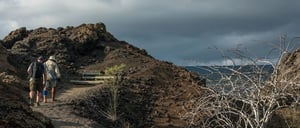




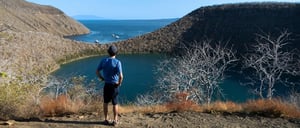
Vicente Roca Point
Vicente Roca Point has great deep-water snorkeling at one of the richest marine havens on Earth (Bolivar Channel). We take a dinghy ride along the coast to observe a great diversity of sea and coastal birds; Nazca and blue-footed boobies, noddies, brown pelicans, penguins, flightless cormorants. The upwelling of coldwater currents in this part of the Galapagos gives rise to an abundance of marine life.

- Disembarking: None.
- Type of Terrain: None.
- Difficulty: Medium / High.
- Activities: 25 min glass-bottom boat / 30 min deep snorkeling / 1-hour dinghy ride.
- Highlights: Nesting area for sea turtles, rays & sea birds. One of the richest marine havens, seabirds, marine turtles, sunfish, rays, etc.
Wildlife by visitor site
Gallery
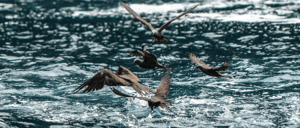



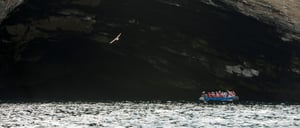

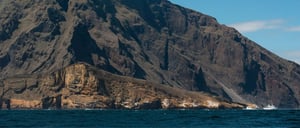
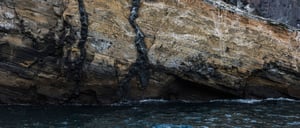
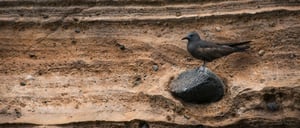
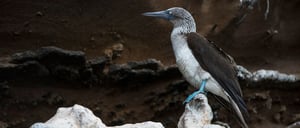
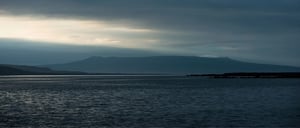
Urbina Bay
West of Isabela Island, Urbina Bay is located; it is a fascinating area which is the result of a shallow sea bottom uplifted in 1954 hich shows a large coral reef that sticks up above sea level. Urbina Bay has a wide variety of plant life which changes depending on the season. We can observe the beautiful color of the plants which attracts many different insects. The site also features a short trek inland, where feeding giant tortoises can be spotted amongst the bushes in their natural habitat, as well as land iguanas nest the middle of the trail where their specially textured and yellowish skin can be observed from up close. Flycatchers, Darwin’s finches and mockingbirds are common on the ground and in the trees.

- Disembarking: Wet.
- Type of Terrain: Flat.
- Difficulty: Low.
- Activities: 1 hour 45 min hike / 1 hour beach snorkeling
- Highlights: Spectacular view of Alcedo volcano. Along the trail, we will see land iguanas, mockingbirds, finches, Galapagos hawks, Galapagos martins, and occasionally, giant tortoises. At the beach, we will be able to see the largest marine iguanas on the Galapagos, and those who wish to swim or snorkel can approach flightless cormorants, penguins, sea turtles, and assorted colored fish.
Wildlife by visitor site
Gallery
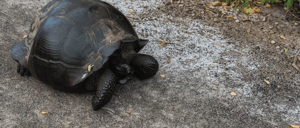


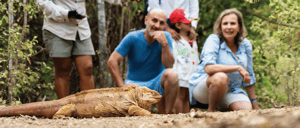
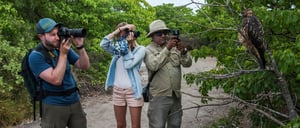
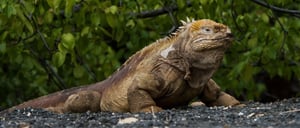
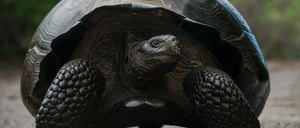
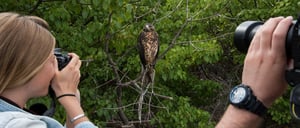
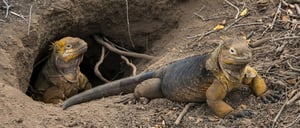
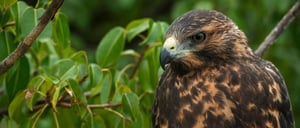
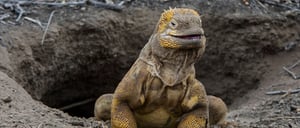
Suggested items
Location map

CHARLES DARWIN JOURNEY
This is the first Island visited by Charles Darwin, and his first impression of the dry coast he saw was of a deserted and isolated place. He did not find the tropical richness he expected, but he had the chance to collect the first specie that later on would be the start of his Theory of Evolution, the San Cristobal Mockingbird.